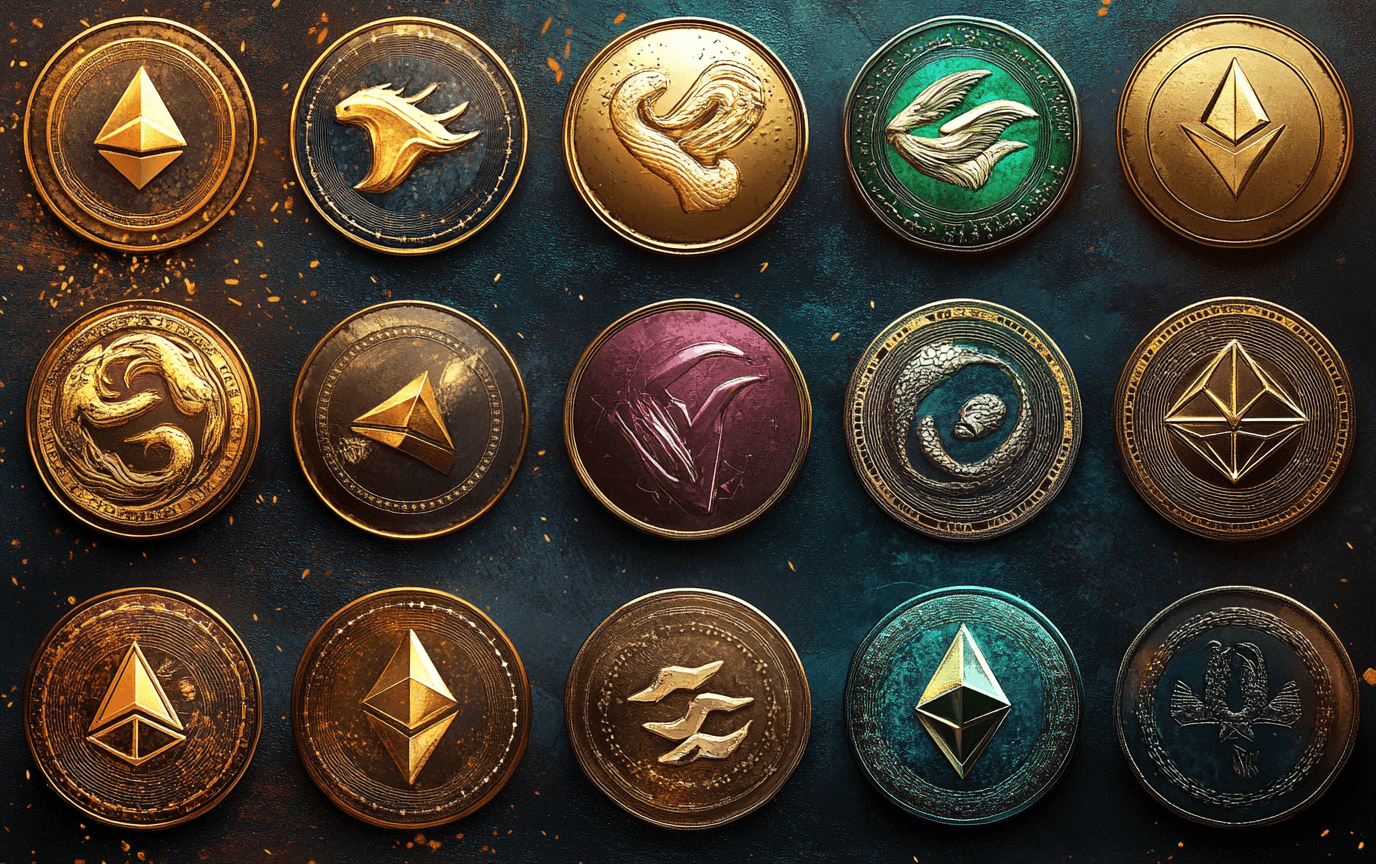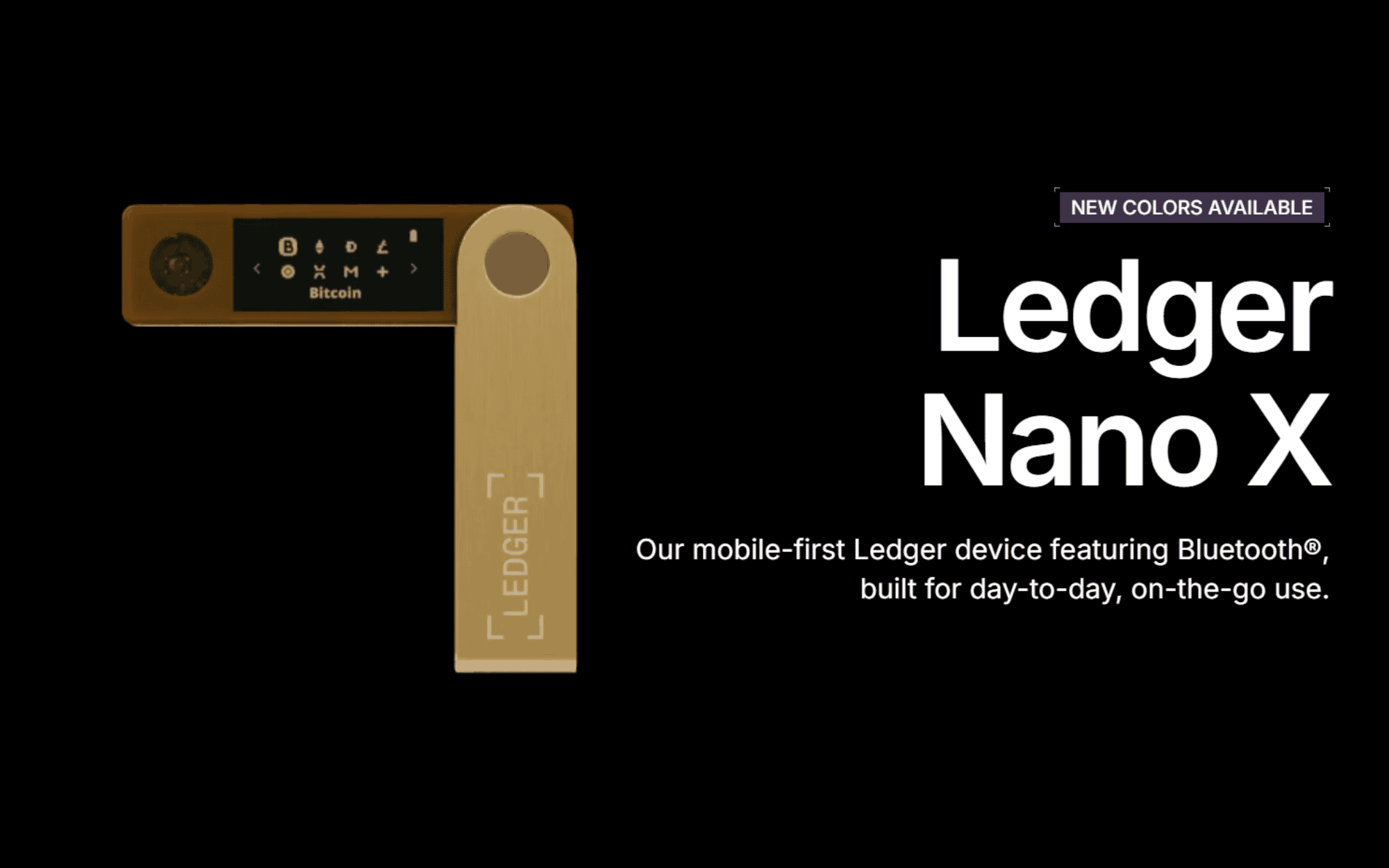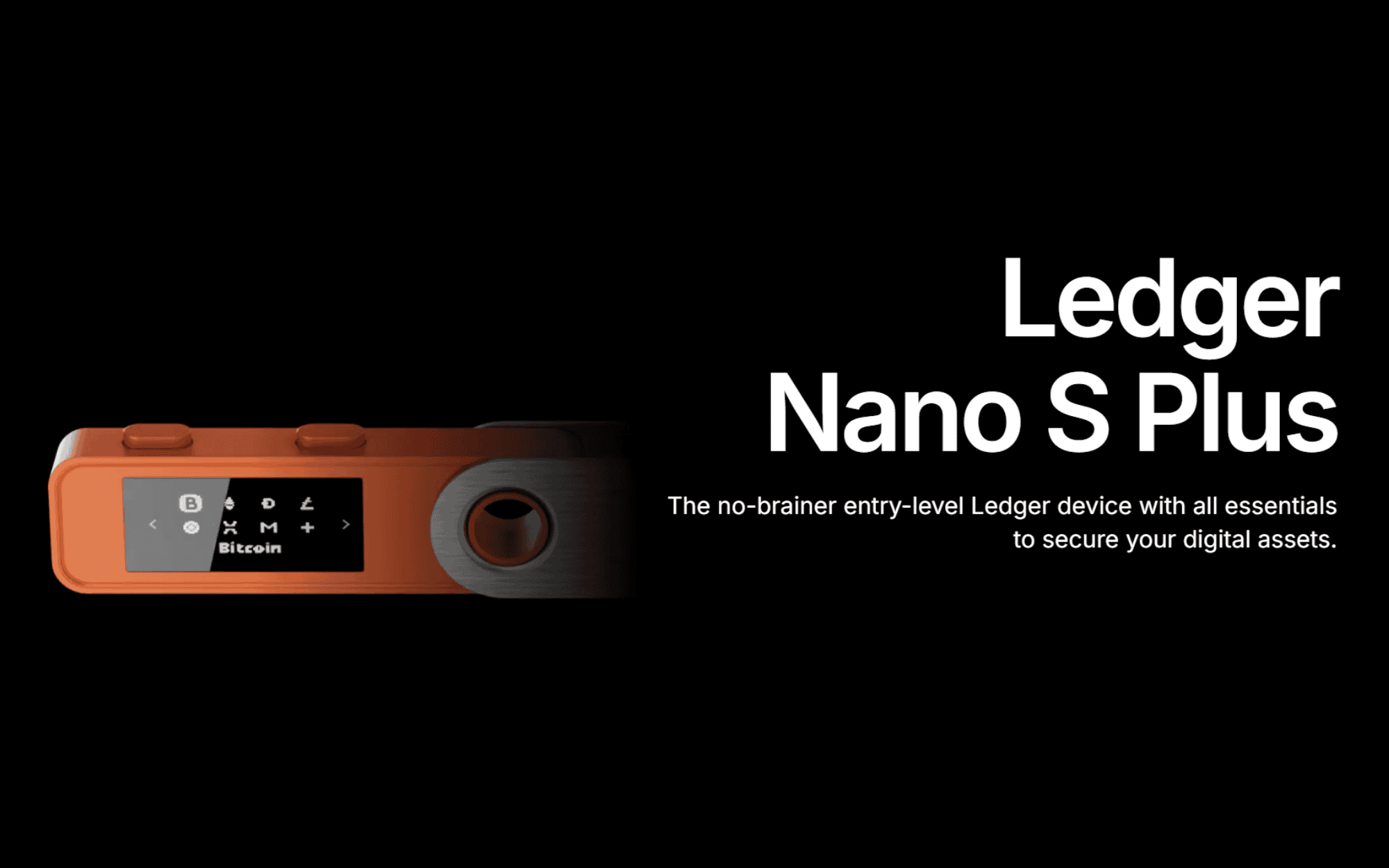Cryptocurrency has evolved from a niche concept to a mainstream investment option by 2025, with over 96 million Americans alone engaging in crypto activities, per Datawallet. For beginners, navigating this vast market—home to over 22,000 crypto projects—can feel daunting. The key question is: what are the top cryptocurrencies for beginners? This guide highlights the best crypto for new investors, focusing on stability, ease of use, and growth potential, making crypto trading for beginners less intimidating.
Unlike stocks or bonds, cryptocurrencies operate on decentralized blockchains, offering unique opportunities and risks. Beginners need coins that balance accessibility with long-term value, avoiding the wild volatility of meme coins like Dogecoin or speculative altcoins. This article lists the top 10 cryptocurrencies for beginners in 2025, based on market capitalization, liquidity, and user-friendly ecosystems, drawing insights from sources like CoinMarketCap and Forbes. Whether you’re starting on Coinbase or Binance, these picks offer a solid foundation.
Why Beginners Need the Right Cryptocurrencies
The Crypto Learning Curve
Crypto trading for beginners involves understanding wallets, exchanges, and blockchain basics. Volatility can lead to quick gains or losses, making stable, well-established coins ideal starting points. Per Bankrate, beginners should prioritize coins with high liquidity and mainstream acceptance to minimize risk.
Key Factors for Selection
- Market Cap: Larger caps signal stability (e.g., Bitcoin’s $1.5 trillion+).
- Liquidity: Easy to buy/sell without price swings.
- Use Case: Real-world utility boosts longevity.
- Community: Strong support ensures education and adoption.
This list focuses on secure crypto investments with these traits, perfect for newbies in 2025.
Top 10 Cryptocurrencies for Beginners in 2025
1. Bitcoin (BTC): The Gold Standard
Overview
Launched in 2009 by Satoshi Nakamoto, Bitcoin remains the king of crypto, with a market cap exceeding $1.5 trillion by March 2025, per CoinMarketCap. It’s the most recognized and stable option for beginners.
Why It’s Beginner-Friendly
- Stability: Less volatile than altcoins, up 27.6% year-over-year through March 2025, per U.S. News.
- Accessibility: Available on every major exchange like Kraken.
- ETFs: Spot Bitcoin ETFs (approved 2024) simplify indirect investment.
Price Snapshot
From $17,000 in 2023 to $87,000 in March 2025, Bitcoin’s growth is steady, not explosive—ideal for cautious new investors.
2. Ethereum (ETH): The Smart Contract Pioneer
Overview
Ethereum, launched in 2015, introduced smart contracts, powering DeFi and NFTs. Its market cap hovers around $300 billion in 2025.
Why It’s Beginner-Friendly
- Ecosystem: Hosts thousands of DApps, ensuring relevance.
- Staking: Earn 4%–6% APY via platforms like Lido.
- Upgrades: The Pectra upgrade (March 2025) boosts scalability, per CoinCodex.
Price Snapshot
At $2,200 in March 2025 (down from a $2,670 peak), Ethereum offers a dip-buying opportunity for beginners.
3. Binance Coin (BNB): Exchange-Backed Utility
Overview
BNB, launched in 2017 by Binance, powers the world’s largest exchange and its BNB Chain. It hit $629 by March 2025, per Forbes.
Why It’s Beginner-Friendly
- Discounts: Reduces Binance fees by 25%.
- Liquidity: Traded heavily, ensuring easy entry/exit.
- Use Cases: Payments, DeFi, and travel bookings.
Considerations
BNB’s centralized nature ties it to Binance’s regulatory fate, a minor risk for beginners.
4. Tether (USDT): The Stablecoin Staple
Overview
Tether, a stablecoin pegged 1:1 to the USD, boasts a $100 billion+ market cap in 2025. It’s the top choice for stability.
Why It’s Beginner-Friendly
- Low Volatility: Stays at $1, per Tether’s site.
- Trading Pair: Used to buy other cryptos on exchanges.
- Safety: Backed by reserves, verified quarterly.
Use Case
Perfect for parking funds during market dips without cashing out.
5. USD Coin (USDC): Another Stable Option
Overview
USDC, launched by Circle in 2018, mirrors Tether’s 1:1 USD peg, with a $50 billion market cap in 2025.
Why It’s Beginner-Friendly
- Transparency: Monthly audits by top firms, per Circle.
- Adoption: Accepted across platforms like Crypto.com.
- Stability: Shields beginners from price swings.
Edge Over Tether
USDC’s regulatory clarity (Circle’s upcoming IPO) adds trust.
6. Cardano (ADA): Eco-Friendly Innovation
Overview
Cardano, launched in 2017, uses proof-of-stake for energy efficiency. Its price hit $0.70 by March 2025, per Forbes.
Why It’s Beginner-Friendly
- Staking: 3%–5% APY with no lockup, per Cardano.org.
- Growth: Up 3,411% since 2017, yet affordable.
- Community: Robust support for newbies.
Drawback
Slower DApp rollout compared to Ethereum.
7. Solana (SOL): Speed and Scalability
Overview
Solana, launched in 2020, processes 65,000 transactions per second, with a $72 billion market cap in 2025.
Why It’s Beginner-Friendly
- Low Fees: Cents per transaction, per Solana.com.
- Adoption: Growing NFT and DeFi ecosystems.
- Price: $150+ in March 2025, accessible yet promising.
Note
Past outages (e.g., 2024) are a minor concern, now mitigated.
8. XRP: Fast Cross-Border Payments
Overview
XRP, created by Ripple in 2012, facilitates global transfers. It’s at $2.26 in March 2025, up 37,510% since 2017.
Why It’s Beginner-Friendly
- Speed: Transactions settle in 3–5 seconds.
- Liquidity: Top 10 by volume, per CoinMarketCap.
- Use: Banks like Santander use it, per Ripple.
Consideration
Ongoing SEC clarity boosts confidence post-2023.
9. Litecoin (LTC): Bitcoin’s Faster Cousin
Overview
Litecoin, launched in 2011, mimics Bitcoin but with faster blocks. It ranks in the top 20 with a $5 billion+ market cap.
Why It’s Beginner-Friendly
- Affordability: ~$80 in 2025, per CoinMarketCap.
- Speed: 2.5-minute block times vs. Bitcoin’s 10.
- Stability: Less volatile than newer altcoins.
Use Case
Great for peer-to-peer payments.
10. Polygon (MATIC): Ethereum’s Helper
Overview
Polygon, a layer-2 solution for Ethereum, hit $1.50 by March 2025, with a $15 billion market cap.
Why It’s Beginner-Friendly
- Low Fees: Reduces Ethereum’s gas costs.
- Adoption: Used by Aave and OpenSea, per Polygon.technology.
- Ease: Integrates with beginner-friendly wallets.
Growth Potential
Scalability focus ensures relevance.
How to Start Investing in These Cryptocurrencies
Step 1: Choose an Exchange
Begin with user-friendly platforms:
- Coinbase: Educational resources, $5 BTC bonus.
- Binance: Low fees, vast selection (non-US users).
- Kraken: Security-first, per Business Insider.
Step 2: Set Up a Wallet
Store coins securely with:
- Coinbase Wallet: Non-custodial, beginner-friendly.
- Ledger: Hardware for long-term safety, per Ledger.com.
Step 3: Start Small
Invest what you can lose—1%–2% of your portfolio, per U.S. News. Use stablecoins to practice trading.
Pros and Cons of Crypto for Beginners
Pros
- Accessibility: Buy fractions (e.g., 0.001 BTC).
- Growth: Historical gains like BNB’s 628,590%.
- Education: Communities teach newbies.
Cons
- Volatility: Prices fluctuate daily.
- Learning: Requires research.
- Risk: Scams and hacks persist.
Comparing the Top 10 for Beginners
| Coin | Price (Mar 2025) | Market Cap | Key Feature | Beginner Perk |
|---|---|---|---|---|
| Bitcoin | $87,000 | $1.5T+ | Store of value | Stability |
| Ethereum | $2,200 | $300B | Smart contracts | Staking |
| BNB | $629 | $90B | Fee discounts | Liquidity |
| Tether | $1 | $100B+ | Stablecoin | No volatility |
| USDC | $1 | $50B | Stablecoin | Transparency |
| Cardano | $0.70 | $25B | Eco-friendly | Affordable staking |
| Solana | $150+ | $72B | Speed | Low fees |
| XRP | $2.26 | $120B | Fast payments | Bank adoption |
| Litecoin | $80 | $5B+ | Fast transactions | Low cost |
| Polygon | $1.50 | $15B | Ethereum scaling | Cheap DApp access |
Tips for Beginners in 2025
- Research: Use CoinGecko for price trends.
- Diversify: Mix stablecoins and growth coins.
- Stay Updated: Follow X posts for sentiment, but verify with sources like Cointelegraph.
Conclusion: Which Crypto Should Beginners Choose?
The top cryptocurrencies for beginners in 2025 cater to varied needs. Bitcoin and Ethereum offer stability and growth, perfect for a first investment. Stablecoins like Tether and USDC provide a safe haven, while affordable options like Litecoin and Polygon ease entry costs. For those eyeing utility, BNB, Solana, and XRP shine. Start with Coinbase or Kraken, invest small, and grow your portfolio as you learn—2025’s crypto market awaits!
If you found this information useful or have more questions, consider exploring our other categories on crypto basics, exchange reviews, crypto news, and tools and wallets. Happy trading!












